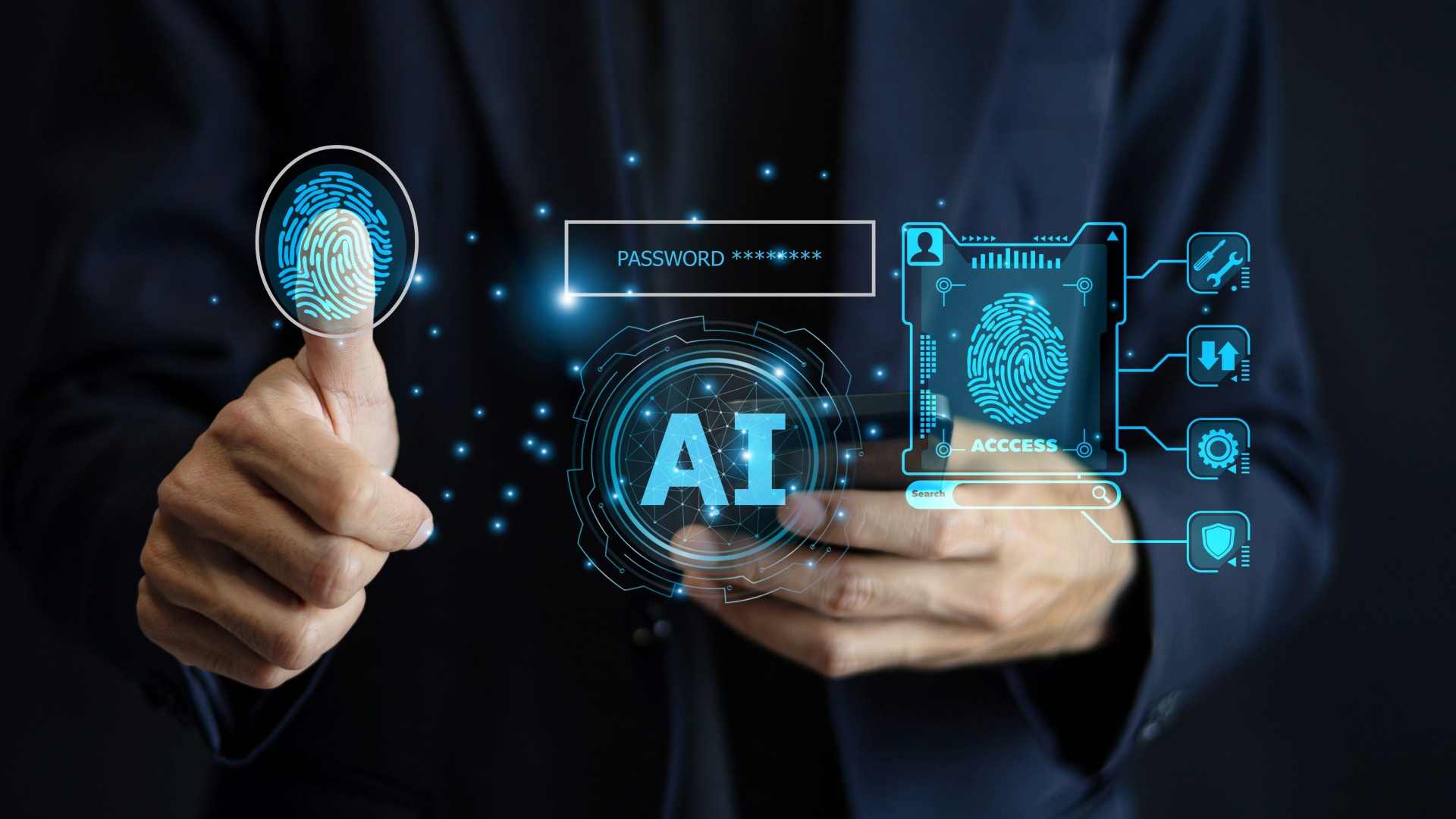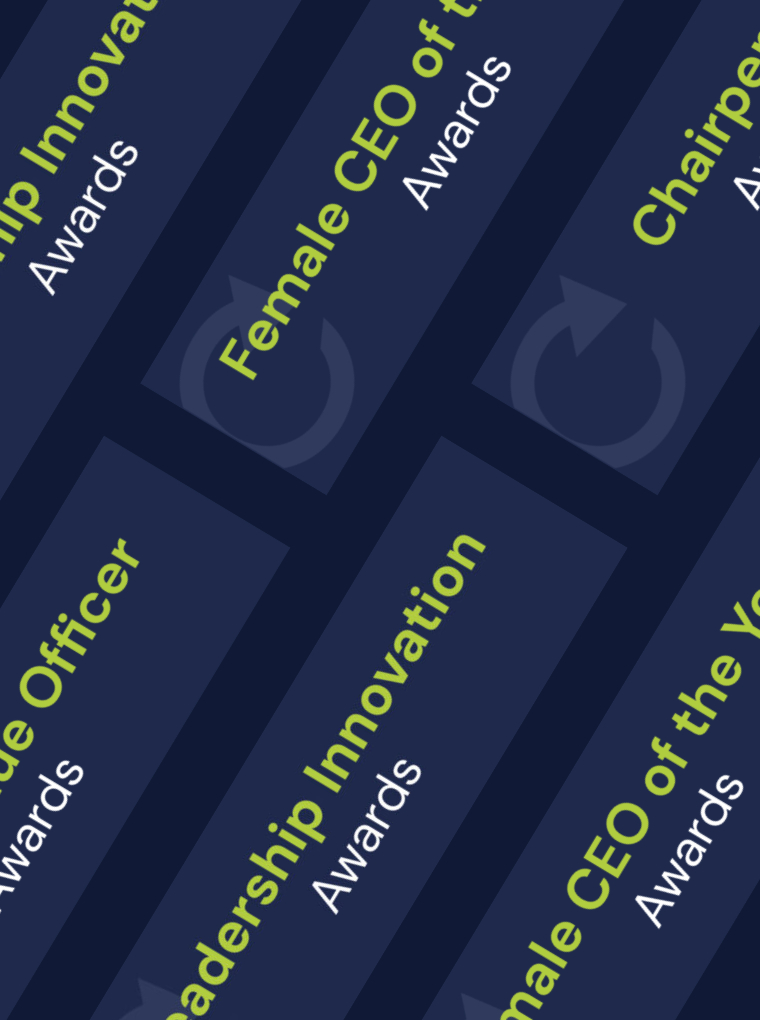AI Adoption: When to Build In-House Vs. Outsource for Security
Artificial intelligence is changing business as we know it. Across industries, AI is helping companies work smarter – automating routine tasks, boosting efficiency, and creating real competitive edges. However, as AI adoption accelerates, organizations face a critical decision, choosing between in-house and outsource for security.
This article explores the critical factors that businesses should weigh when deciding whether to develop AI solutions internally or partner with external providers, with particular attention to security concerns.
Key Takeaways:
- In-house AI offers maximum security & control but requires significant resources and expertise.
- Outsourcing AI speeds deployment and reduces costs but introduces third-party risks.
- Highly regulated industries should prioritize in-house to ensure compliance and data protection.
- A hybrid approach (mix of both) often works best—core AI in-house, non-critical functions outsourced.
The Case for Building AI In-House
Developing AI internally provides greater control over security, data privacy, and customization. Here’s why some organizations choose this route:
Enhanced Security & Data Control
In-house AI development boosts security by retaining sensitive data internally, minimizing third-party risks. Custom encryption, access controls, and compliance measures—vital for HIPAA, GDPR, and CCPA—ensure full data governance and auditability.
Unlike outsourcing, it offers unmatched control for high-stakes industries, making it essential for compliance and security-focused organizations. However, if you lack expertise on this area, you might want to check out what Computers Made Easy offers to ensure enhance security and data control for your business.
Long-Term Cost Efficiency
In-house AI demands upfront investment but cuts long-term licensing costs and vendor reliance. Full ownership enables scalable, customizable solutions without third-party limits. Proprietary models also become competitive differentiators, turning initial costs into sustainable advantages—operational control and innovative, revenue-generating offerings.
Alignment with Business Needs
In-house AI allows precise customization for unique needs, ensuring peak performance. Continuous refinement with proprietary data creates unmatched solutions, while agility enables instant updates without vendor delays. Full control over iterations lets businesses adapt quickly and protect IP—key advantages when AI drives competitive operations.
In-house AI requires costly expert hires, faces lengthy development delays, and demands ongoing resources for maintenance and scaling, straining budgets without existing infrastructure or expertise.
The Case for Outsourcing AI
Not every organization has the resources or expertise to build AI internally. Outsourcing offers speed, scalability, and access to cutting-edge technology—but introduces security trade-offs.
Faster Deployment & Access to Expertise
Vendor AI solutions cut deployment from months to days with plug-and-play models, speeding time-to-market. Businesses access expert AI knowledge without hiring costs, while vendor updates ensure cutting-edge tech without internal R&D—ideal for rapid, low-resource adoption.
Lower Upfront Costs
Outsourcing AI avoids major upfront costs for infrastructure, hardware, and R&D teams. Businesses access advanced capabilities without expensive servers or full-time experts. Cloud services provide flexible pay-as-you-go pricing, enabling cost-effective scaling with demand. This minimizes financial risk while delivering enterprise-grade AI tools – ideal for budget-conscious adoption.
Security Considerations in Outsourcing
Outsourcing AI requires rigorous vendor vetting for security standards (SOC 2, ISO 27001), breach protocols, and data residency compliance. Black-box models obscure biases, vulnerabilities, and architectural flaws, complicating audits and risk assessments—potentially creating regulatory gaps despite vendor certifications. If you want to learn more about strengthening your cybersecurity posture, go to https://www.gammatechservices.com.
Outsourcing AI limits oversight of sensitive data, increasing breach risks. Vendor-specific platforms create lock-in, raising switching costs. Integration challenges with existing systems often require costly workarounds.

Key Factors to Decide: Build vs. Outsource
Companies need to carefully assess several key factors when deciding their AI implementation strategy:
1. Sensitivity of Data
Sensitive information like healthcare records and financial data requires in-house AI development to ensure maximum security and compliance with strict regulations like HIPAA and GDPR.
For less critical data like customer analytics, outsourcing can work with proper vendor vetting—ensuring they meet your security standards through audits and contractual safeguards.
2. Regulatory Requirements
Highly regulated industries often require in-house AI development to meet strict data governance standards. External providers may lack the necessary compliance for security, audit trails, and access controls. Internal AI solutions ensure oversight, customization, and protection of sensitive data that third parties might not adequately secure.
3. Budget & Resources
AI-driven analytics benefits SMBs, but budget constraints often make secure vendor partnerships necessary. They should prioritize providers with strong security and flexible pricing. Large enterprises, with more resources, often favor in-house AI for long-term competitive advantages and full data control.
4. Strategic Importance of AI
For AI that delivers competitive advantage, like proprietary algorithms or unique customer experiences, in-house development ensures exclusivity and full control. This protects intellectual property and maintains differentiation.
Non-core AI functions like basic chatbots or standard analytics can be effectively outsourced. Vendor solutions offer cost efficiency and rapid deployment for these commoditized capabilities without strategic compromise.
5. Time-to-Market & Implementation Speed
Outsourcing is often faster for deploying AI solutions, as vendors offer pre-built models and infrastructure, reducing development time. This is ideal for businesses needing quick implementation (e.g., customer support chatbots, marketing automation). It avoids AI purgatory, ultimately delivering clear business value.
In-house development takes longer due to research, testing, and scaling but ensures full customization. Best for long-term strategic AI projects where speed is less critical than control.
6. Technical Expertise & Talent Availability
If a company lacks AI/ML engineers, data scientists, or cloud infrastructure specialists, outsourcing to an experienced vendor may be more practical.
Building in-house makes sense if the organization has (or can recruit) skilled talent and wants to retain AI knowledge internally for future innovation.
Frequently Asked Questions (FAQs)
1. When is in-house AI development necessary?
In-house AI is crucial when dealing with highly sensitive data (healthcare, finance), strict regulatory requirements, or proprietary AI that provides a competitive edge.
2. What are the biggest risks of outsourcing AI?
- Data security risks (third-party breaches)
- Vendor lock-in (difficulty switching providers)
- Lack of transparency in black-box AI models
3. Can a hybrid approach (mix of in-house and outsourced AI) work?
Yes. Many companies use in-house AI for core functions (data security, proprietary algorithms) and outsource non-critical tasks (customer support chatbots, standard analytics).
4. How do I evaluate an AI vendor’s security standards?
Look for:
- SOC 2, ISO 27001, or GDPR compliance
- Clear breach response protocols
- Data encryption and residency policies
- Third-party security audits
5. Is in-house AI always more secure than outsourcing?
Not necessarily—poorly managed in-house systems can have vulnerabilities. However, in-house AI gives full control over security protocols, reducing third-party risks.
Bottom Line
The decision between in-house and outsourced AI depends on security needs, resources, and strategic value to your business function. Highly regulated industries or competitive differentiators often favor internal development, while standardized processes may suit vetted vendors. A hybrid approach is frequently optimal—leveraging proprietary AI for customer experiences and core operations, combined with external smart technology for scalable support.
As digital technology drives widespread adoption of AI, businesses must align investments with business performance goals. Always validate choices through rigorous security reviews and cost-benefit analyses to ensure efficiency and competitive advantage.








